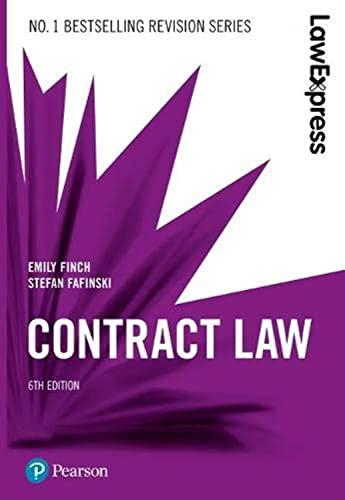Question
There are 3 primary types of bankruptcy: Chapter 7 (Liquidation), Chapter 11 (Reorganization), and Chapter 13 (Wage-Earners Plan). All 3 have advantages and disadvantages. Some
There are 3 primary types of bankruptcy: Chapter 7 (Liquidation), Chapter 11 (Reorganization), and Chapter 13 (Wage-Earners Plan). All 3 have advantages and disadvantages. Some are for businesses, and some for individuals. And some individuals do not qualify for all plans.
Using the cases and information below, describe the primary characteristicsof each form of bankruptcy. What is the goal of declaring bankruptcy? What do each of these chapters do? The Bankruptcy Abuse Prevention and Consumer Protection Act (BAPCPA 2005) significantly changed the rules for bankruptcy filing which forced millions of individuals who previously qualified for Chapter 7 into Chapter 13. What was the result of these restrictions with regard to consumers and banking?
https://www.supremecourt.gov/opinions/14pdf/14-400_f2ah.pdf
https://www.supremecourt.gov/opinions/16pdf/15-649_k53m.pdf
http://www.uscourts.gov/services-forms/bankruptcy/bankruptcy-basics/chapter-13-bankruptcy-basics
Step by Step Solution
There are 3 Steps involved in it
Step: 1

Get Instant Access to Expert-Tailored Solutions
See step-by-step solutions with expert insights and AI powered tools for academic success
Step: 2

Step: 3

Ace Your Homework with AI
Get the answers you need in no time with our AI-driven, step-by-step assistance
Get Started


